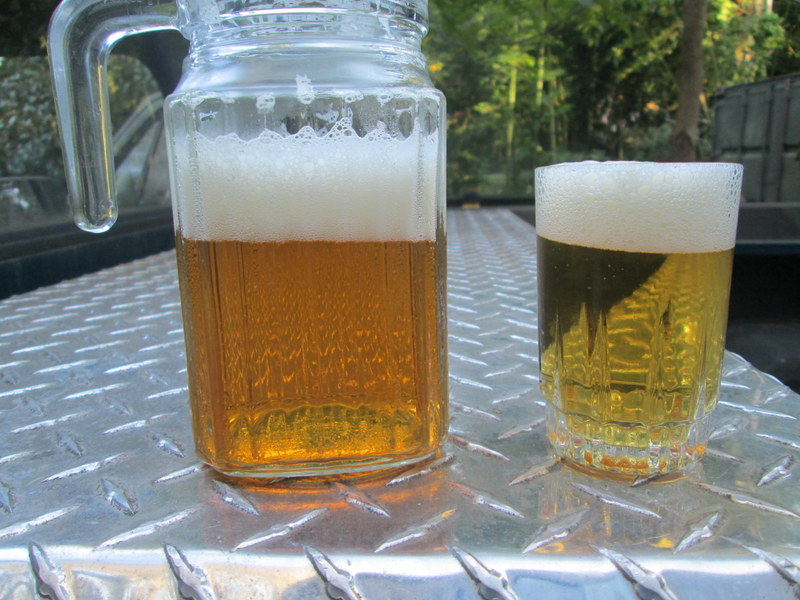- Joined
- May 28, 2018
- Messages
- 3,264
- Reaction score
- 2,977
I was in the 60's F(18-20C), I wonder if that had anything to do with the clove, which showed up before the sour. I think it is sour anyway, something different. In the last several years the only ale yeast I've used before was US-05. Mostly I do lagers.
































![Craft A Brew - Safale BE-256 Yeast - Fermentis - Belgian Ale Dry Yeast - For Belgian & Strong Ales - Ingredients for Home Brewing - Beer Making Supplies - [3 Pack]](https://m.media-amazon.com/images/I/51bcKEwQmWL._SL500_.jpg)

























